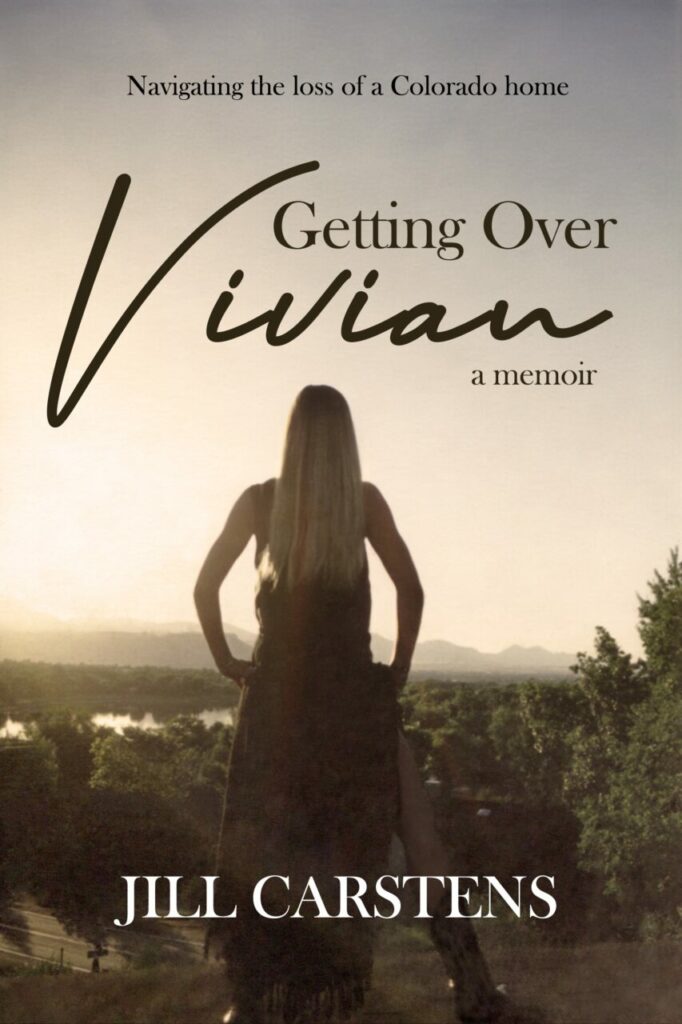By Kathryn White

Jill Carstens, longtime “Letters to Miss Jill” columnist for The Denver North Star, has turned her writer’s observations to her own life in the new memoir “Getting Over Vivian.”
The book’s opening chapters describe Carstens’ life growing up with her brother Kyle on Vivian Street in Wheat Ridge. Middle class and carefree, young Carstens filled her time with art projects, appreciating the wildlife that frequented the empty fields neighboring their home and excursions into the city led by her dad to enjoy what Denver of the 1970s and ’80s had to offer.
The family drove West 26th Avenue from suburbia into the city so often that Carstens’ dad pointed her in its direction when she was learning to navigate Denver on her own.
And it was on West 26th Avenue, when Carstens came upon the rubble that had once been the original La Loma restaurant, that readers first encounter the themes of the memoir: how loss and loss of place impact how we come of age and perhaps even who we are as a larger community.
Carstens intertwines reflections on losing her family home on Vivian, and other milestone experiences in life, with the appearance and disappearance of her beloved “third places” in downtown and North Denver.
“Getting Over Vivian” takes readers through Denver’s economic ups and downs, as Carstens experienced them, and to places that will feel familiar to readers who have lived in the area a while — El Chapultepec, Wynkoop Brewing Company, Common Grounds coffeehouse and more.
In the chapters “The Pink Desk” and “The Red Schoolhouse,” we learn how Carstens became Miss Jill, the early childhood educator who believes we “rarely master subjects, but rather we ideally question them, test them and ponder them, get to know them.”
“And with fate sprinkling its dust of destiny,” Carstens writes, “at one point Mom found a charming 1880s wooden school desk that at first glance I would not have cared for, its worn natural wood seemed plain to me. Then she worked her magic and painted it a wonderful frosty pink, just like her lipstick.”
Change became so much a part of Carstens’ experience that when, in adulthood, she found herself at a place she and her brother had known as The Pillow Factory, she “was stunned but overjoyed that one of our special childhood places was still standing and remained firmly situated on our map of family places. I felt a pang of sentimentality, if not a vehement sense of ownership for this part of Denver that reached deep into the vault of my memories.”
“Getting Over Vivian” is a story of family, love and loss set against a backdrop of familiar Front Range settings.
And it’s a story about a changing place and the people who live, or lived, there.

Be the first to comment